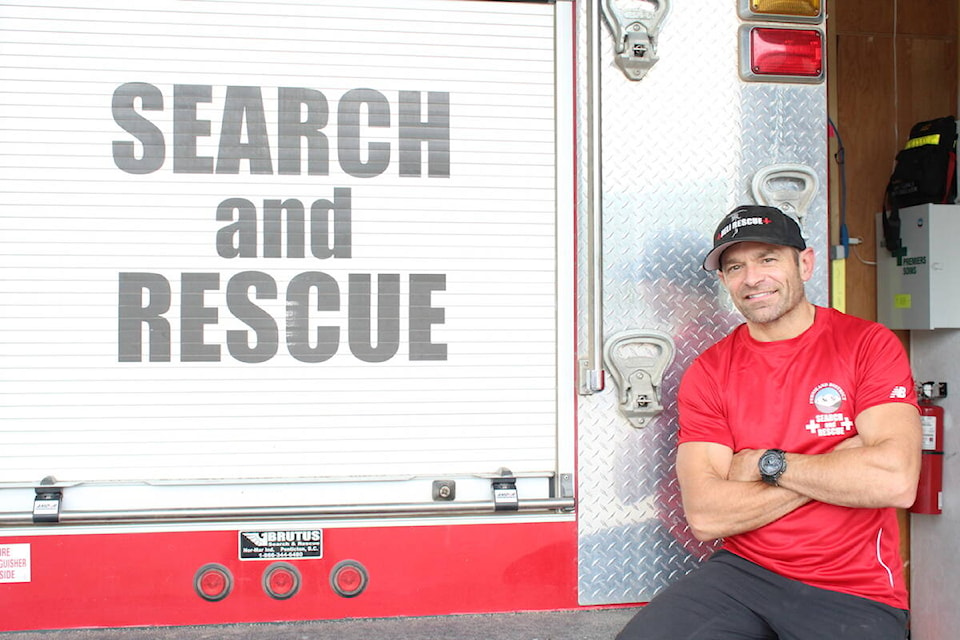Fernie Search and Rescue (SAR) had a “reasonably typical year” in 2021, according to Simon Piney, who heads the organization.
The volunteer-run group normally responds to around 30 to 40 calls a year, and right on track, in 2021 they responded to around 40 callouts.
“The one thing that’s a bit unusual is that we haven’t had any activity between Christmas and New Year here so far,” he said, mentioning that it might be due to the recent cold weather.
“If something does happen, then it’s pretty critical… in these temperatures, they won’t survive long.”
As of Wednesday, Dec. 29, the Fernie SAR had not received a call in four weeks, which is “super unusual” for them.
There were several rescues in November, when floods and high-water events rushed through the Elk Valley and other parts of the province.
“We had a few rescues there to get people out of houses that had flooded. And then the last one I have on my list here was a missing twelve-year-old, but that resolved itself.”
The Fernie SAR has also increasingly been using their helicopter long-line, which allows them to get to places they wouldn’t normally easily be able to get to.
“It’s certainly saved more than a few lives.”
Earlier this year, SAR was sent to rescue two hunters who got stranded halfway up a cliff.
They also had a long-line rescue in October on the 48 Hours Mountain Biking Trail that involved a badly injured biker.
The extraction took about 20 minutes, whereas, if they were rescuing by ground, it could have “easily” taken a couple of hours, Piney said.
Fernie SAR used the helicopter long-line around 10 to 12 times this year.
Over the summer, many of the rescues revolved around biking and the Elk River.
When interviewed by The Free Press in 2020, Piney mentioned that COVID had impacted the demographic of rescuees. They encountered a lot of people who may not have traditionally been out in the backcountry due to social distancing.
This past summer, they “definitely felt” that same phenomenon, particularly on the Elk River.
“There were an awful lot of people on the river, and it definitely felt like a lot of urban folk were heading up here and just trying to get away from other people.”
They anticipate the same thing as the winter progresses due to COVID and the vaccine mandate at the Fernie Alpine Resort for those who want to ski. However, the cold weather and very deep snow “will have put people off” from the backcountry for the time being.
Piney encourages those who are heading into the backcountry this year to have rescue gear and know how to use it — especially for avalanche and swift-water situations. He also said not to hesitate to call the SAR if things seem to be heading towards trouble, particularly in the winter, and especially as nighttime begins to creep up.
“We always just encourage people: if you think something’s going sideways, call us in, we don’t mind being sent down, we’re never upset about that. But the outcomes are much better if people call early rather than delay,” he said, adding that there is no charge to the rescuees.
They currently have about 30 volunteers, many of whom are professional rescuers from fields like firefighting, patrolling, paramedicine, and guiding. Looking forward, they will be making efforts to increase the size of their ice-rescue team.
“Search and rescue tends to react to what’s happening around it. We try and predict, but it’s an incredibly unpredictable business. We’ve identified the technical rescue disciplines that we need to be ready for, and then we train to make sure we can respond in that, and we have the right gear.”
